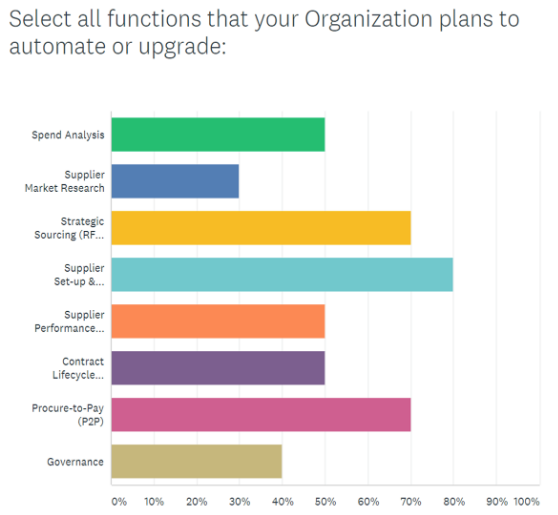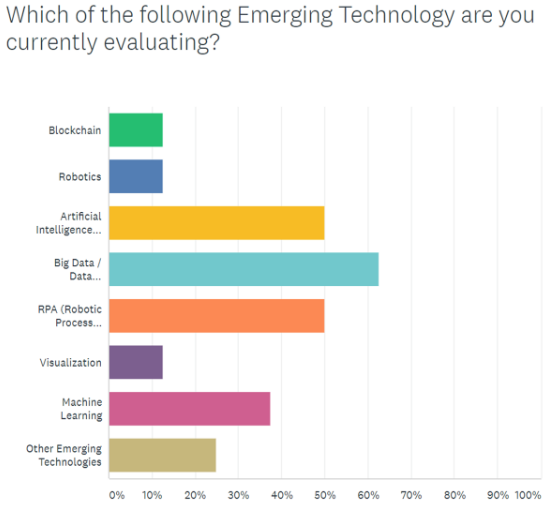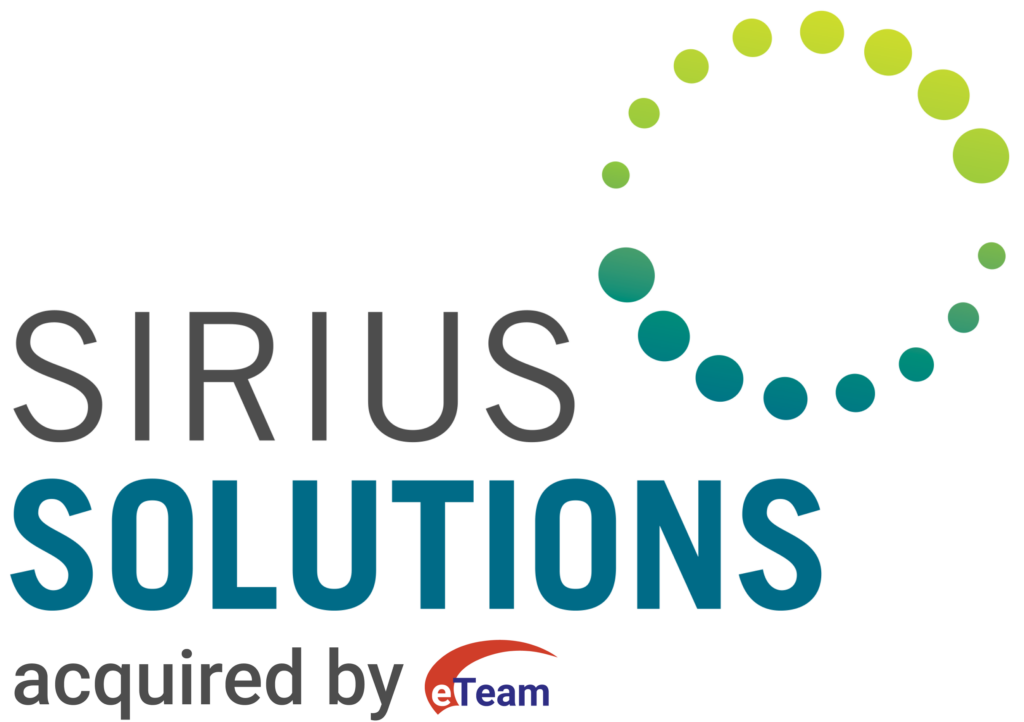MODERNIZING THE SUPPLY CHAIN
Emerging Technology is great…but most of us are still working on the basics
Emerging technology in the modern supply chain is getting a lot of attention and for good reason. These emerging technologies have the ability to completely change how we interact with our customers and our suppliers. Applications for IoT, Artificial Intelligence, Robotics Process Automation (RPA), and Blockchain are far-reaching. In many companies, Supply Chain is leading the way in driving innovation and the use of emerging technologies.
With all of this attention on emerging technologies, it is important to remember that most supply chain leaders are also still working on the basics. Establishing a consistent end to end supply chain processes, automating and digitizing manual, paper-based transactions, and getting real-time visibility to data and information. The modern supply chain is becoming more complex as we struggle to keep up with Customers (both internal and external) that seemingly always “want it now”. As such, Supply Chain leaders are becoming more and more dependent on technology. And increasingly, our technology solutions weave together traditional ERPs, specialty Supply Chain Software providers, and emerging technologies.
Sirius Solutions recently hosted a Procurement Leaders Technology Summit where Chief Procurement Officers (CPOs) were surveyed regarding their current technology needs. While all of the respondents had existing technology supporting some aspect of their current Source-to-Pay process, 80% of them had plans to make further investment in technology and automation. The process areas with the highest levels of investment are Strategic Sourcing, Supplier Set-Up & Management, and Procure-to-Pay transactional processing.

In the same survey of CPOs, it became clear that Procurement Leaders were also evaluating how emerging technologies could help address gaps in their existing technologies. As much as 80% of the respondents indicated that they were currently evaluating emerging technologies. The technologies receiving the most attention from CPOs included Big Data / Data Integration, Robotics Process Automation (RPA), and Artificial Intelligence (AI).

Procurement and Supply Chain leaders are piloting the use of RPA to automate high-volume, repetitive process steps that are currently performed by procurement or accounts payable staff; with examples such as supplier set-up, converting requisitions to POs, and three-way matching. They are evaluating the use of “Procurement Chatbots” which leverage AI and Natural Language Processing to efficiently field questions and calls from suppliers and internal customers. They are also expanding how they utilize emerging Data Integration and Analytics technologies to automate how they analyze historical spend as well as supply and demand data to enhance planning and forecasting capabilities.
A Fragmented Source-to-Pay Technology Landscape
The technology landscape for sourcing and procurement platforms is a highly fragmented market which can make software selection complicated. Software offerings range from traditional ERP’s that have expanded their once basic and clunky Source-to-Pay functionality to include modules that allow for more advanced capabilities (including spend analytics, supplier management, e-Sourcing, contract lifecycle management and mobile computing), to a wide range of highly configurable specialty SaaS solutions. Often, the specialty SaaS solutions come at a fraction of the cost of the traditional ERP solutions.
For most procurement leaders, the first decision to be made is whether or not to utilize your ERP provider as a single Source-to-Pay platform, or choose a “Best of Breed” strategy which allows you to pick and choose individual solutions that best meet your requirements. While there is no “right” answer, what is clear is that the decision framework is shifting away from satisfying IT requirements (choosing the best application for IT integration), and moving towards choosing a solution that best meets the business and customer requirements, focusing on features and ease of use.
Inevitably, there will be gaps in any source to settle technology solution. Historically, those gaps have been filled by staffing and manual processes (an analyst to run and distribute reports, and buyer to review and route POs for approval, or field calls regarding open POs, an AP clerk to send an email to a new supplier requesting information and setting up a new supplier in the system). Now CPOs are looking at emerging technologies to automate how those process gaps are addressed.
Keys to a Successful Technology Implementation
Regardless of the technology that is selected, a successful implementation requires supply chain leaders to continue to focus on the basics. This includes careful consideration in designing an operating model that defines how all types of spend and inventory will flow through the technology, as well as defining and implementing policies, roles, business rules and processes across multiple business units, geographies and users of the new technology.
The CPOs Surveyed as part of the Procurement Leaders Technology Summit identified the following lessons learned as keys to success in a Source-to-Pay technology implementation:
- Change Management: Change management is key to ensuring stakeholder alignment and user adoption and it requires a reasonable investment beyond the investment in the technology. It includes planning, communication, training, and reinforcement.
- Master Data: The time and effort involved in Master Data cleanup and conversion is often underestimated, but it is critical to ensuring that your technology works the way you designed it to.
- IT Involvement / Alignment: Increasingly, software implementations (particularly SaaS) are being led by the business. However, IT involvement and alignment is critical to overcoming potential roadblocks.
Jessica Harris, Supply Chain Practice Leader – Sirius Solutions, LLLP.
If you would like further information regarding Emerging Technology in Supply Chain, please complete the form below.
